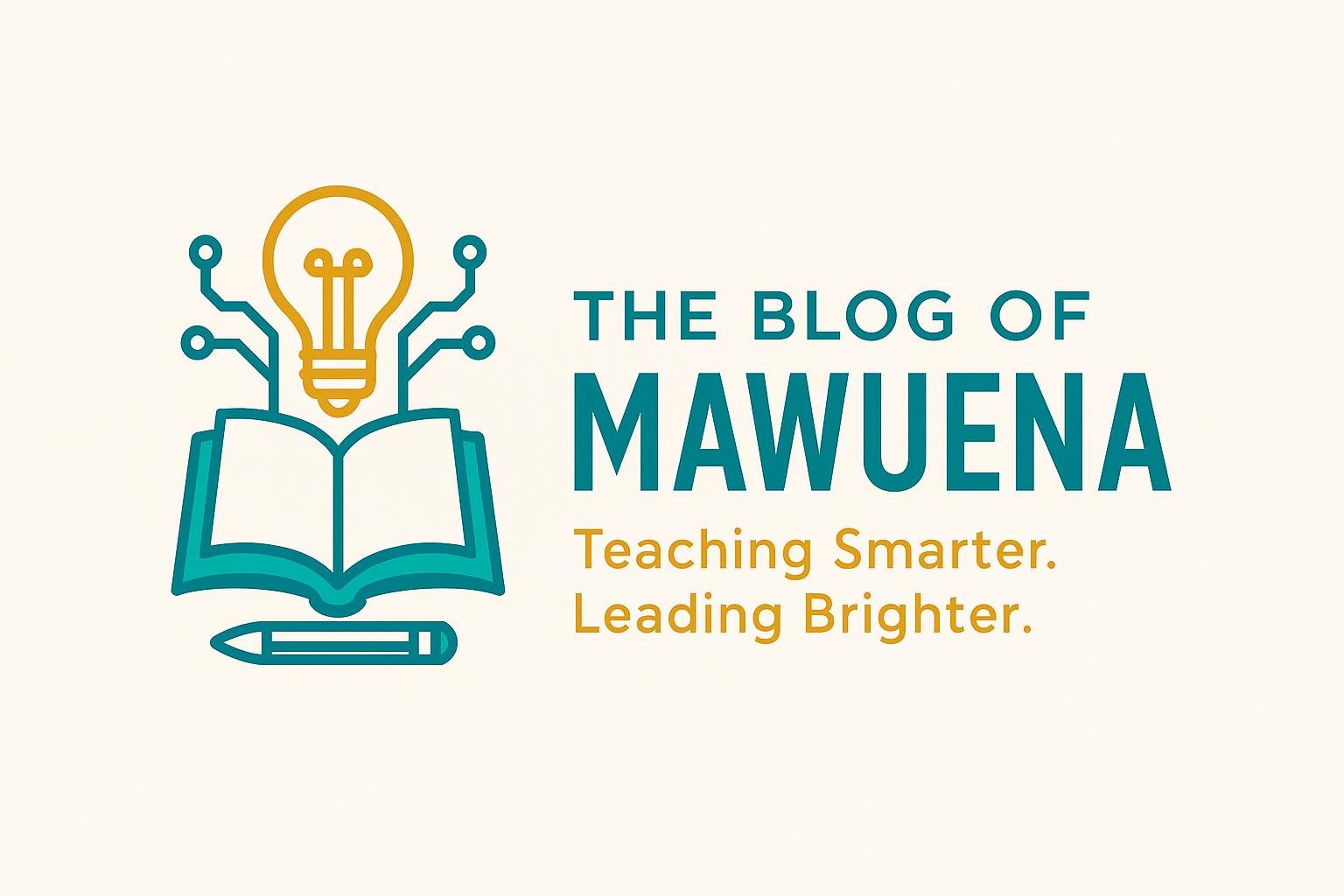Artificial Intelligence. We hear the phrase almost daily — in schools, on the news, in business, in classrooms, and even in our kitchens through smart appliances. But what is AI, really? And where did it come from?
AI in Simple Terms

AI — short for Artificial Intelligence — is a field of computer science focused on creating systems that mimic human-like intelligence. That includes:
Learning from data (images, text, behaviors) Reasoning to make decisions Perceiving patterns and recognizing speech or images Problem-solving and improving over time
These systems don’t think like humans — they detect patterns and make predictions based on training. For example, an AI model can accurately distinguish cats from dogs after learning from thousands of images.
There are levels of AI:
Narrow AI: Built for a specific purpose (e.g., Siri, spam filters, Netflix recommendations).
General AI: A theoretical system that could perform any intellectual task humans can (not yet realized).
Superintelligent AI: A future possibility where machines exceed human intelligence — still science fiction for now
So, Who Invented AI?

AI was not created by a single person. It grew from decades of research and innovation. Some key pioneers include:
Alan Turing (1912–1954): Considered the father of theoretical computer science. In his 1950 paper, Computing Machinery and Intelligence, he introduced the Turing Test — a way to evaluate whether a machine can mimic human intelligence.
John McCarthy (1927–2011): Coined the term “Artificial Intelligence” and organized the 1956 Dartmouth Conference, the event that officially launched the field of AI.
Marvin Minsky, Allen Newell, and Herbert Simon: Built early AI programs and laid the foundations for the field.
After its early days, AI went through periods of high expectations and disillusionment — known as “AI winters.” But since the 2010s, growth in data and computing power has driven a new era of innovation.
Why AI Matters Today

AI is already part of everyday life. It helps in healthcare, education, finance, marketing, and beyond.
As a teacher, business owner, and parent, I use AI daily — not to replace human thought, but to support it. I use AI to:
*Create lesson plans
*Brainstorm marketing content Automate repetitive tasks.
*Write product descriptions
*It gives me more time for what matters most — connecting with people and building ideas.
Final Thoughts

AI isn’t magic. It’s the product of decades of human curiosity and innovation. Understanding what AI is — and what it’s not — helps us use it responsibly and effectively. Like any tool, it reflects the values of the people who create and use it. Let’s make sure it works in service of humanity.

Sources
UNESCO – Artificial Intelligence: https://www.unesco.org/en/artificial-intelligence The Verge – AI is confusing — here’s your cheat sheet by Jay Peters: https://www.theverge.com/24201441/ai-terminology-explained-humans Axios – In tech, everything is labeled “AI” now: https://www.axios.com/2023/06/20/ai-everything-definition-label-hype Britannica – Artificial Intelligence: https://www.britannica.com/technology/artificial-intelligence Britannica – John McCarthy | Biography & Facts: https://www.britannica.com/biography/John-McCarthy Alan Turing – Computing Machinery and Intelligence (Mind, 1950): https://academic.oup.com/mind/article/LIX/236/433/986238
